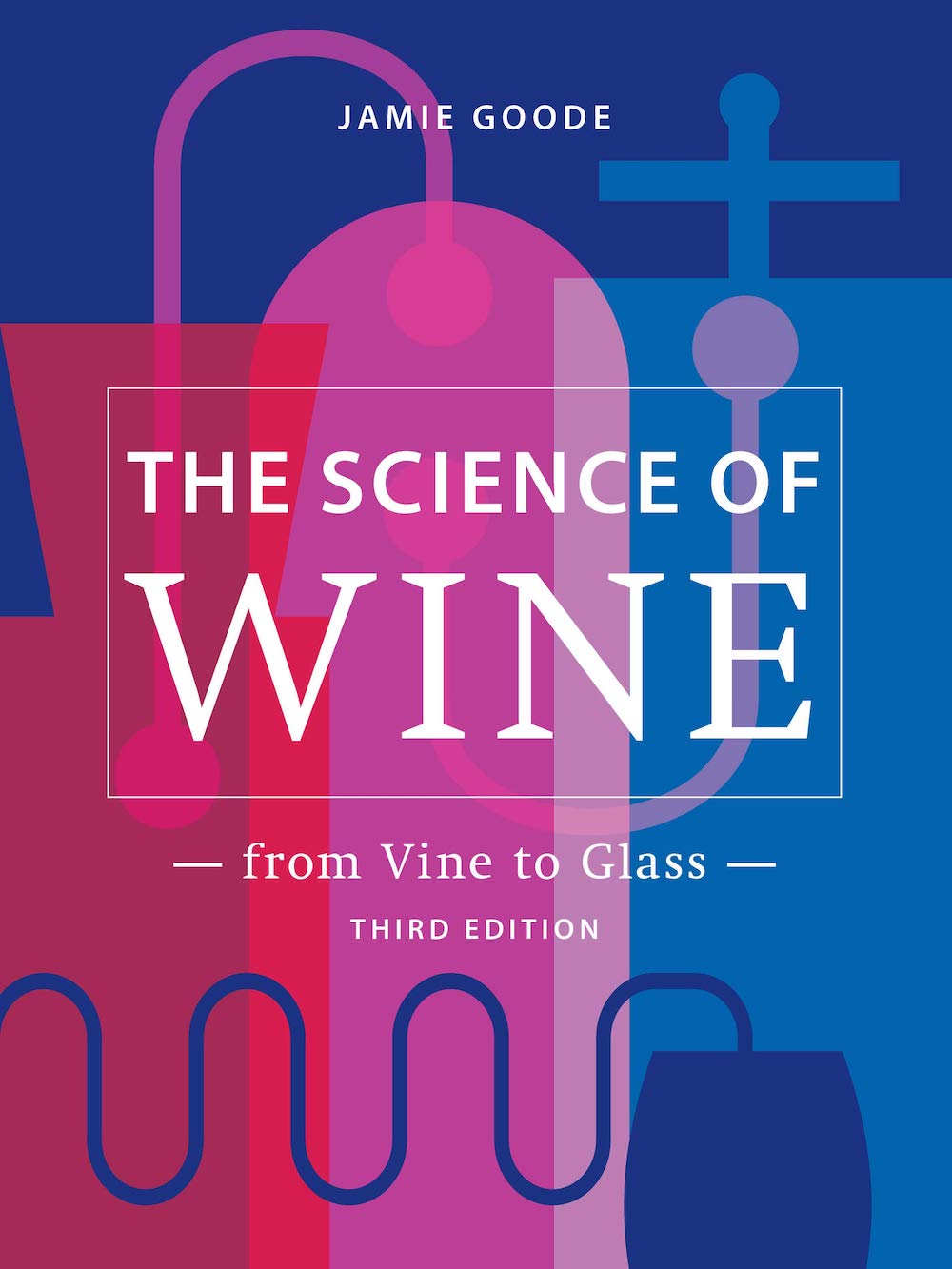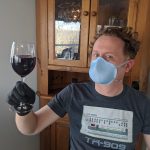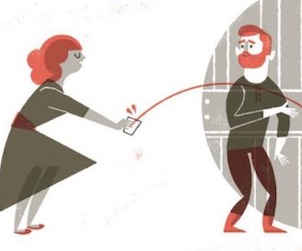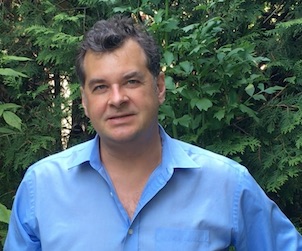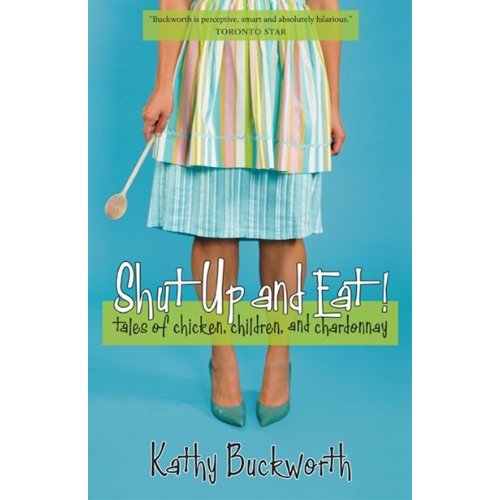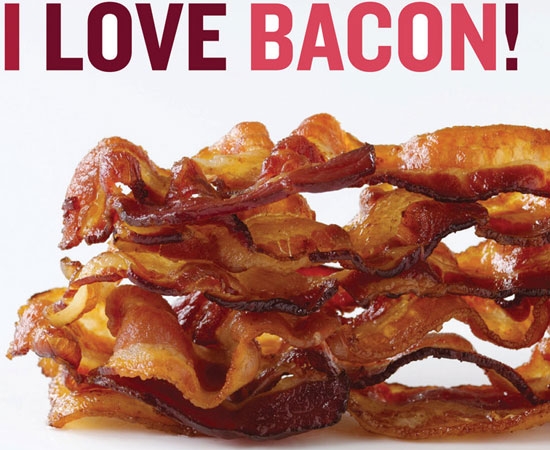
The Science Of Wine – From Vine To Glass (Third Edition) by Jamie Goode University Of California Press
Having picked up the First Edition in 1996, and the Second in 2014, it was only natural that I’d be chomping at the bit to get my teeth into Goode’s Third edition of The Science Of Wine – From Wine To Glass.
Apart from once having a disagreement about the quality (or lack thereof) of the music of Oasis, I’ve always had a great deal of respect for the author’s opinions, especially when it comes down to the subject matter of this particular book.
One of the most fascinating things to observe is the way in which Goode’s assessments and observations evolve from edition to edition; as a close follower of his website/blog Wine Anorak, this was only to be expected, given as he often writes of the ongoing advances in the scientific understandings of every aspect of the winemaking process, from soils to olfactory organs, and everything in between.
This Third edition is split into two sections (In the vineyard/In the winery) as opposed to the three of the previous editions (Vineyard/Winery/Glass). All of the information regarding one’s interaction with the wine in the glass is still in there, most often in updated and revised form, but this time around it is linked directly to the practices and phenomenon in the field and cellar that bring about these sensory interpretations. It’s a canny move, as it exposes wine’s often misunderstood version of the Butterfly Effect, with tiny actions often having non-linear impacts on the complex process of winemaking and its eventual consumption.
Goode’s personal interest in the world of natural wines comes to the fore here, and this is by no means a bad thing. I have always felt that he is inherently an empiricist, and so his analysis and commentary upon the undeniably grey area between flaw, fault, and feature is a real delight to read and absorb. While I may not always agree with everything he writes, he often makes me question my more precipitous suppositions, and this can only be a good thing.
Goode’s narrative tone is always conversational, engaging, and never in any way overbearing or snobby/snooty, even for those with less of a grasp of basic science, so it makes for a bloody good read for a wide demographic. The hard science is all in there though, and therein lies its brilliance. He certainly doesn’t skirt around some of the more contentious or technical aspects of wine, and this is most refreshing. Over the course of his three editions, Goode has seriously honed his craft, creating a book about wine science that is wholly accessible and yet nerdy enough for those with more academic vinous perversions.
An essential purchase for anyone with even a fleeting interest in what makes a wine smell and taste the way it does.
![]()
(Five apples out of a possible five… so pretty damn good)
Edinburgh-born/Ontario-based Sommelier, consultant, writer, judge, educator, and dad, Jamie Drummond is the Director/Editor of Good Food Revolution… And that’s a great read.

